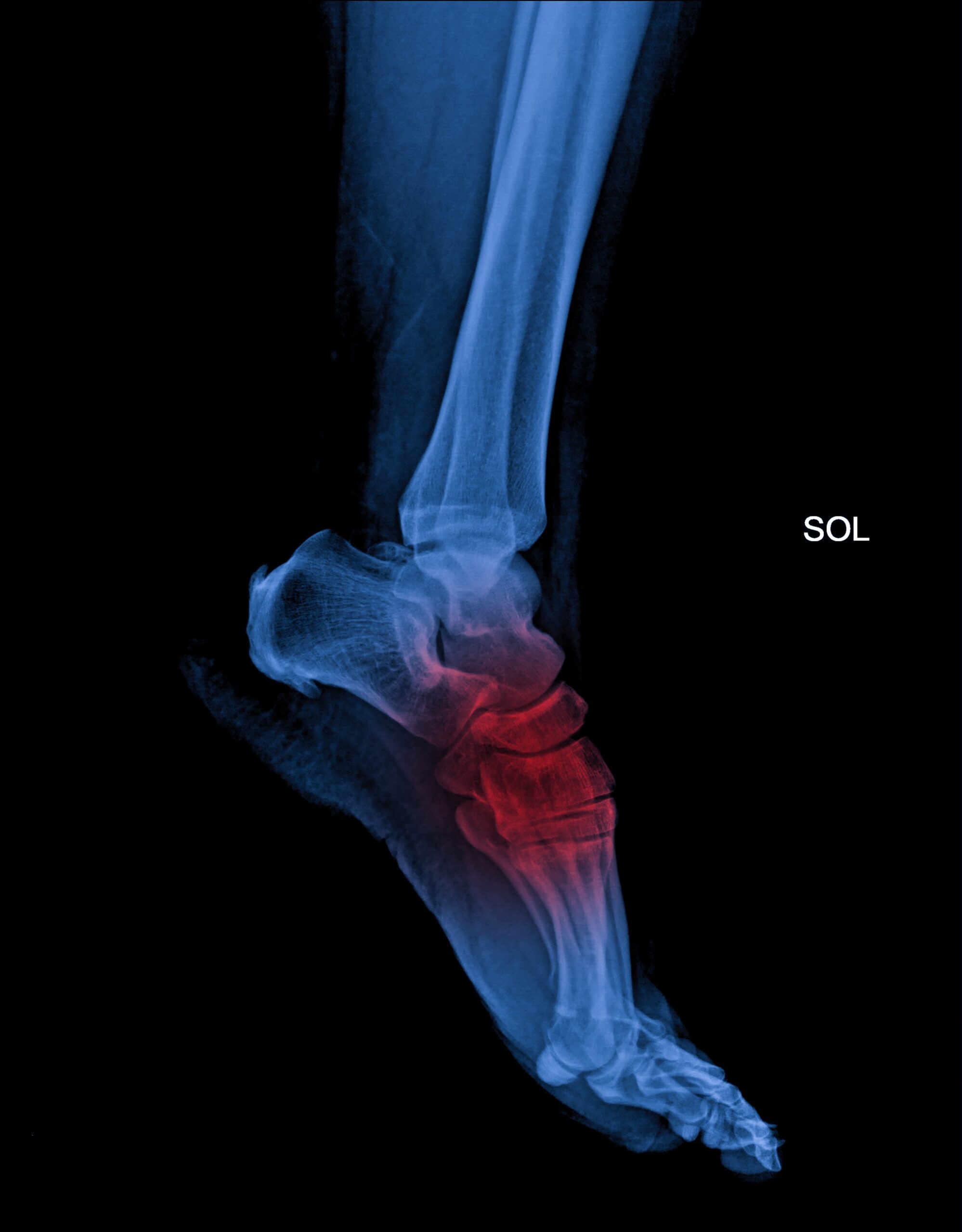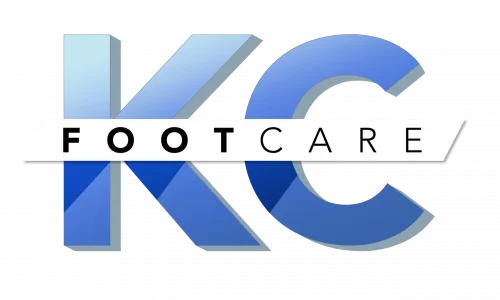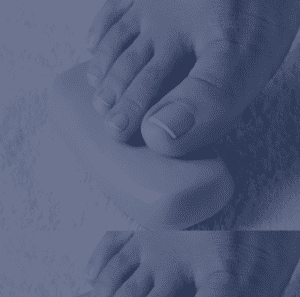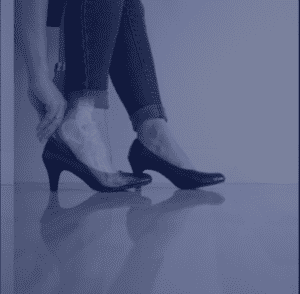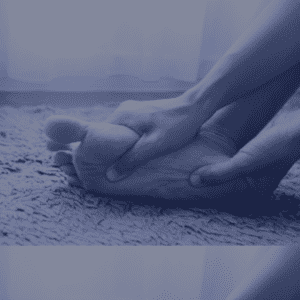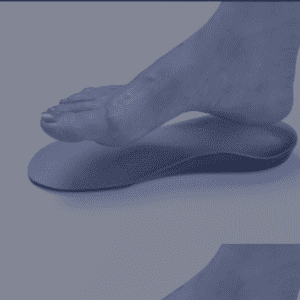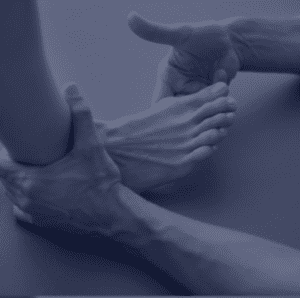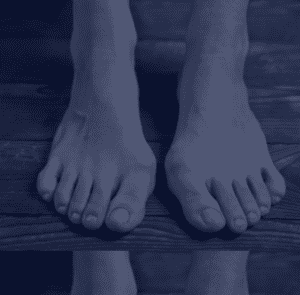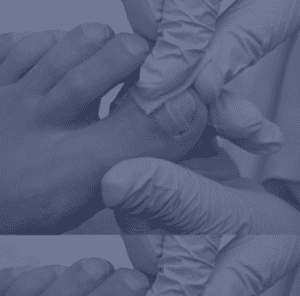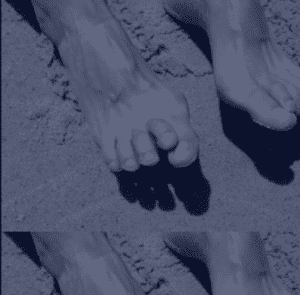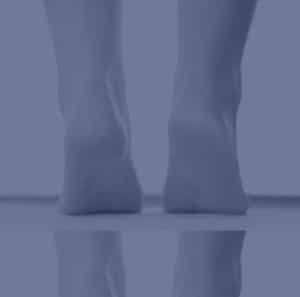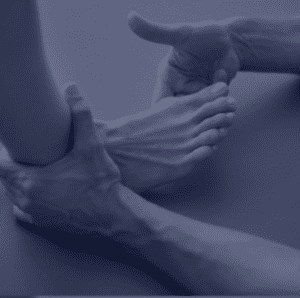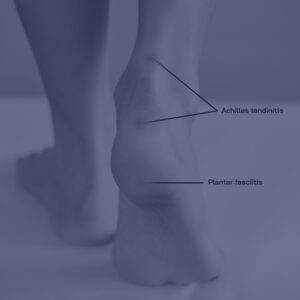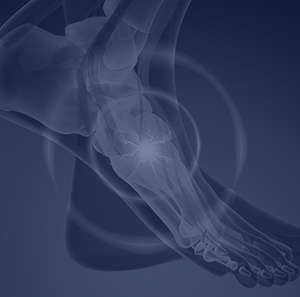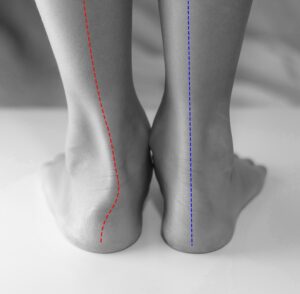PAIN ON TOP OF FOOT KANSAS CITY OVERLAND PARK
Pain on Top of Foot and side of foot
Top of Foot Pain? It May Be More Than Just Overuse
Pain on the top of the foot can interfere with your ability to walk, work, or stay active. Two common causes are bone spurs or capsulitis of the Lisfranc joint, which is located in the midfoot where several small bones connect.
Bone spurs develop from joint irritation, often due to pressure, injury, or improper footwear. Lisfranc capsulitis occurs when the ligaments and joint capsule in the midfoot become inflamed, leading to swelling, tenderness, and pain—especially when pushing off during walking.
At our office, we offer a stepwise approach to relieve your pain and restore function. Diagnostic imaging and physical evaluation help us determine the exact source of your discomfort. For many patients, initial relief can be achieved with anti-inflammatory injections, followed by 3D custom orthotics to redistribute pressure and support proper alignment. We use digital x-rays to assist us.
Our custom orthotics are made using digital scanning technology to precisely fit your foot, relieving stress on the painful area and preventing further irritation. If conservative treatments fail, surgical options are available to remove bone spurs or stabilize the Lisfranc joint.
Early treatment is key to preventing long-term damage or more invasive procedures. Don’t ignore pain on the top of your foot—especially if it’s worsening or interfering with your daily activities.
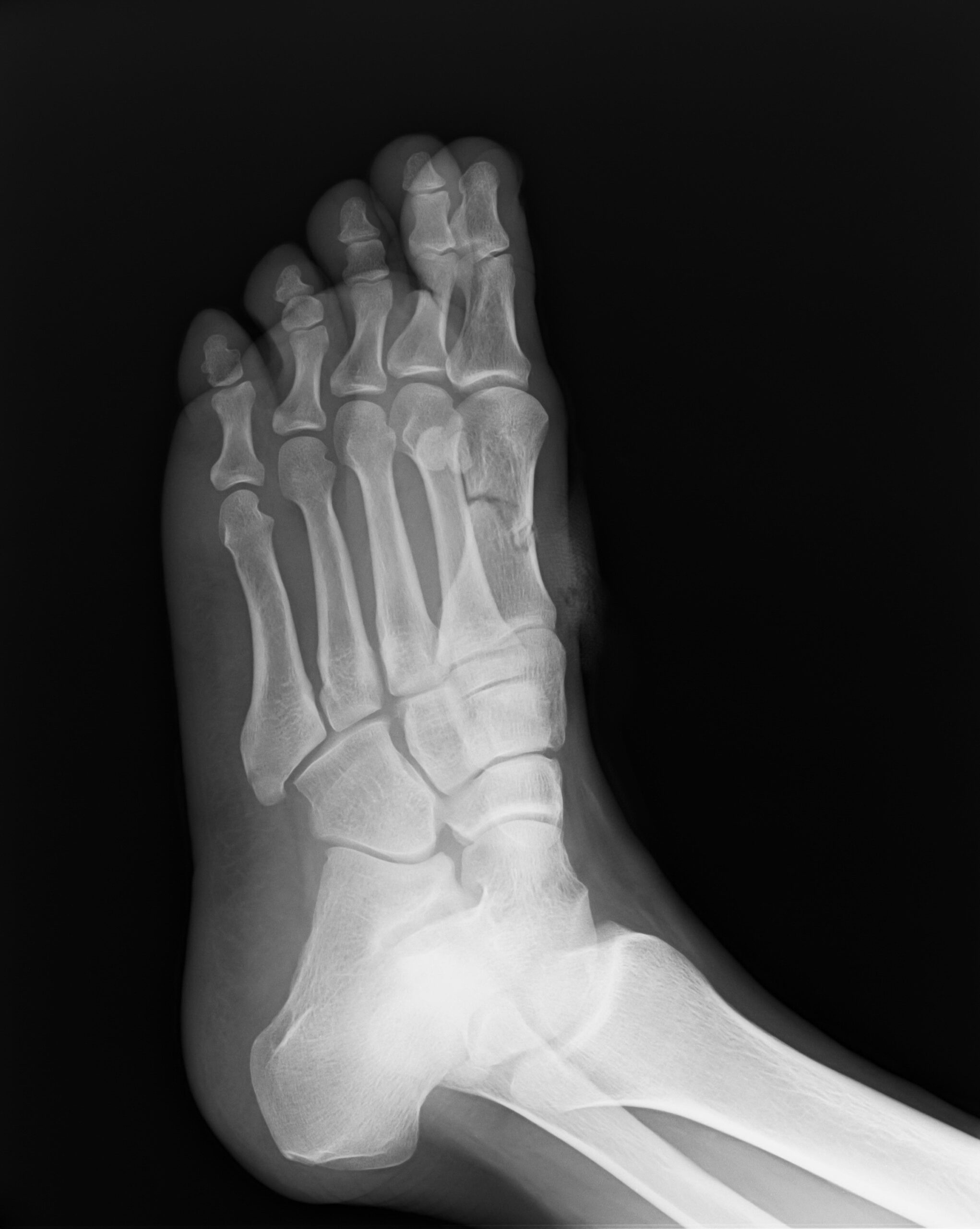
Pain on Top of the Foot: Dorsal Bone Spur of the Lisfranc’s Joint and Cuboid Inflammation
Pain on the top of the foot can be caused by several underlying conditions, but one of the more common sources is a dorsal bone spur involving the Lisfranc’s joint that’s where the metatarsal bone meets the top bones in your foot many people call it the instep or arch along with inflammation of the Lisfranc joint and cuboid joints. These conditions often develop gradually and may be linked to repetitive stress, abnormal foot mechanics, or prior injuries.
The Lisfranc joint, located in the midfoot, connects the metatarsal bones to the tarsal bones. It plays a critical role in maintaining stability while walking. Over time, wear and tear, trauma, or instability in this area can lead to joint degeneration and the formation of bone spurs—bony projections that develop along joint margins. A dorsal bone spur on the Lisfranc joint can cause localized swelling, pressure pain with shoes, and aching discomfort, especially while standing or walking. The spur may also irritate surrounding soft tissues and compress nerves in the area, further intensifying pain. You can get sharp shooting pain there also.
In addition to the dorsal spur, inflammation of the Lisfranc joint itself and the adjacent cuboid bone can contribute to persistent, nagging discomfort across the top and outer side of the foot. The cuboid, one of the key lateral midfoot bones, is often affected by abnormal loading, improper gait, or instability from weakened arch support. Inflammation in this region often leads to dull, aching pain with increased activity, tenderness to the touch, and even pain when transitioning from sitting to standing. It can feel that your foot is broken
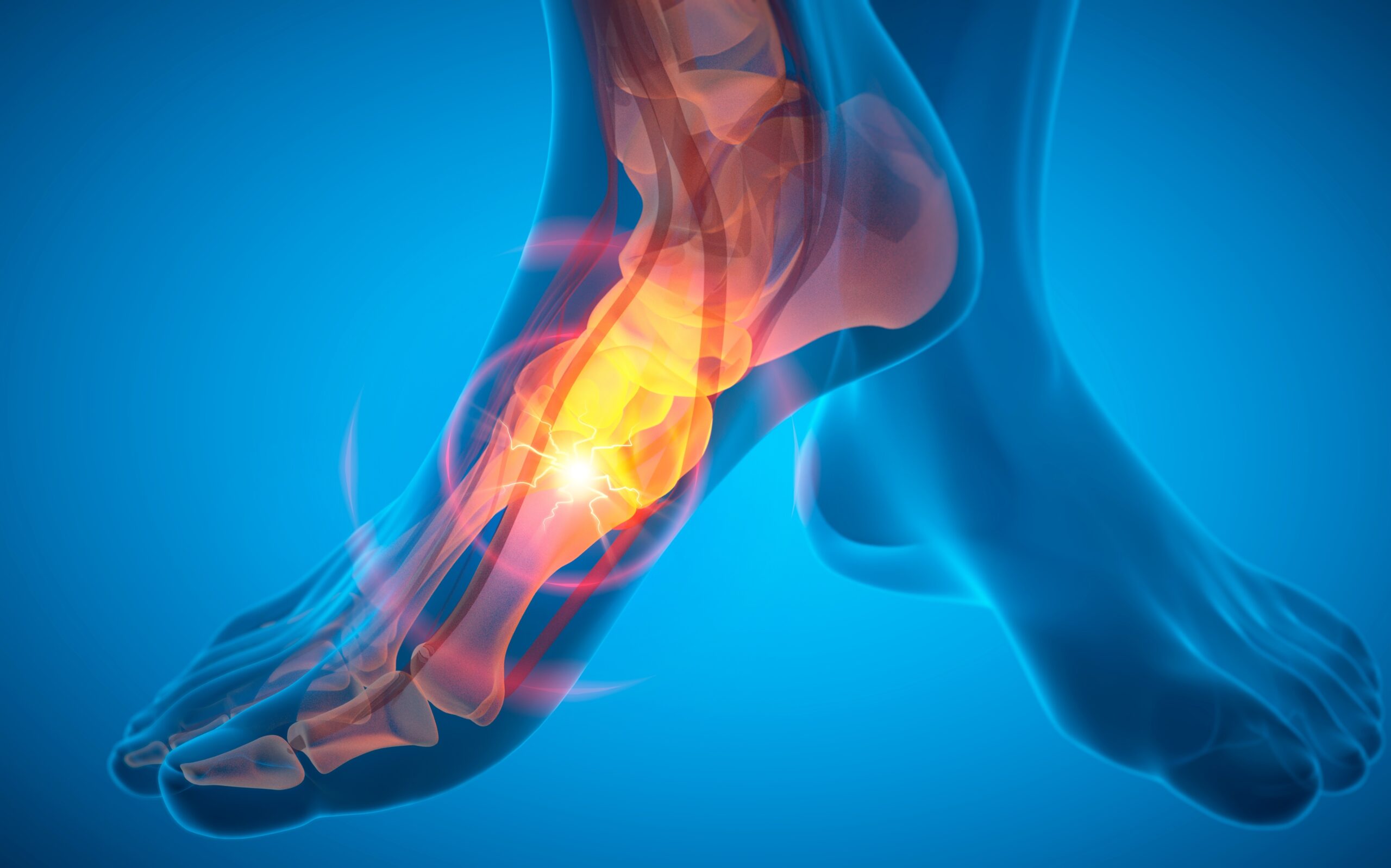
Dorsal bone spurs and inflammation in the Lisfranc joint are common causes of persistent pain on the top of the foot, especially in adults. These spurs are bony overgrowths that develop due to chronic stress, joint instability, or arthritis. They often irritate the surrounding soft tissue, leading to swelling, tenderness, shooting pain and limited mobility. When conservative measures such as orthotics, shoe modification, or oral anti-inflammatory medications fail, targeted injection therapy and surgical excision become effective treatment options.
Injections are frequently used to control pain and reduce inflammation associated with both the spur and the underlying joint irritation. A steroid injection, such as Dexamethasone, can be administered directly into the Lisfranc joint or adjacent soft tissue under image guidance. These injections typically provide significant short-term relief by calming inflamed tissue and breaking the pain cycle these injections are given just under the skin. In cases where chronic inflammation persists or steroid injections are not appropriate, regenerative injections—such as Clarix® (amnion-based biologics) . These promote healing at the cellular level, reduce inflammation, and support tissue repair without the side effects associated with corticosteroids.
When injections no longer provide lasting relief or the bone spur causes mechanical symptoms—such as pressure with footwear, nerve irritation, or restricted motion—surgical excision may be necessary. This outpatient procedure involves a small incision over the top of the foot to remove the painful dorsal spur. If indicated, the surgeon may also debride inflamed tissue or stabilize the Lisfranc joint at the same time. In our office, this is performed using real-time fluoroscopic imaging (C-arm), which enhances precision while minimizing trauma to surrounding structures.
Recovery from dorsal spur excision is typically quick, often requiring only a short period of reduced activity and transition to supportive footwear. Most patients resume walking in stiff shoes or boot shortly after surgery and return to full activity within a few weeks. Custom orthotics are usually prescribed post-operatively to prevent recurrence and offload pressure from the joint.
At our Overland Park and Kansas City offices, we provide both conservative and advanced surgical options for midfoot pain. Whether you’re looking to avoid surgery or you’re ready for a definitive solution, we offer in-office imaging and expert care to help relieve top-of-foot pain caused by dorsal bone spurs and Lisfranc joint inflammation
